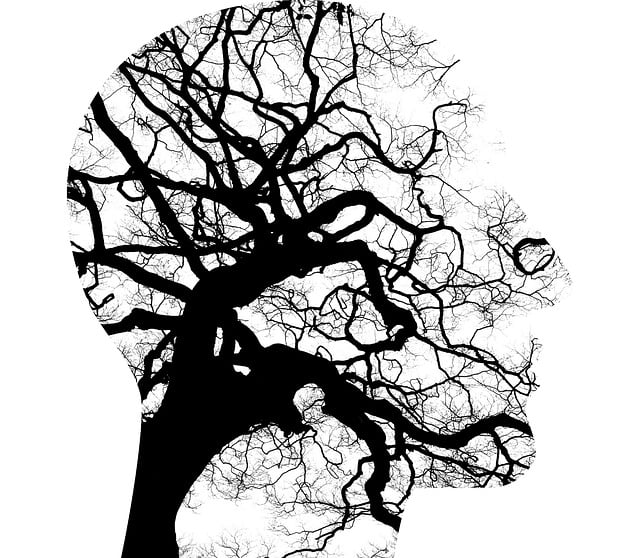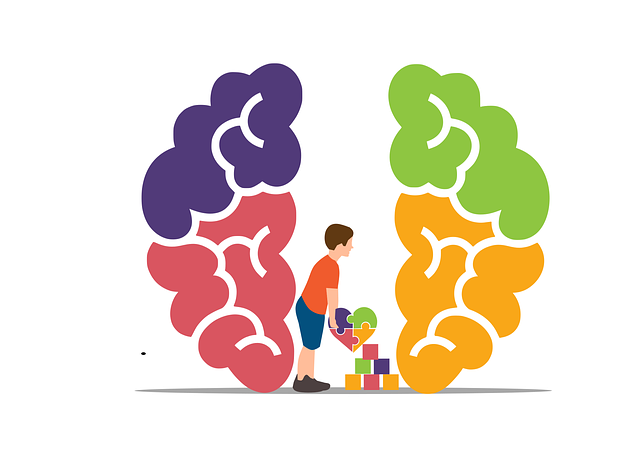Boulder Autism Spectrum Disorder (ASD) therapy emphasizes risk assessment for client safety in various settings, focusing on identifying and mitigating potential hazards. This process incorporates social skills training, stigma reduction, and stress management techniques to enhance clients' confidence, peer interactions, and overall well-being. Effective harm minimization strategies tailor emotional support, inclusive environments, and therapeutic activities, like art therapy, to ASD-specific needs, ensuring personalized plans for long-term success and improved quality of life. Regular reviews are crucial for adapting these strategies as the client's needs evolve, fostering a culture of safety and mental wellness.
In the realm of Boulder Autism Spectrum Disorder (ASD) therapy, risk assessment and harm minimization planning are indispensable tools for ensuring client safety and fostering effective treatment. This comprehensive guide delves into the intricate process of identifying potential risks and harms in ASD therapy settings. We explore evidence-based strategies for developing robust minimization plans, emphasizing practical implementation and continuous review to create a secure environment tailored to Boulder ASD clients’ unique needs.
- Understanding Risk Assessment in Boulder Autism Spectrum Disorder (ASD) Therapy
- Identifying Potential Harms and Their Causes
- Developing a Comprehensive Minimization Plan
- Implementation and Continuous Review: Ensuring Safety in Practice
Understanding Risk Assessment in Boulder Autism Spectrum Disorder (ASD) Therapy

Risk assessment is a critical component in Boulder Autism Spectrum Disorder (ASD) therapy, aiming to create safe and supportive environments for individuals with ASD. It involves meticulously evaluating potential hazards and risks within various therapeutic settings, including clinical practices, schools, and community spaces. By identifying these risks, therapists can implement targeted interventions and strategies to mitigate any potential harm. This process ensures that the unique needs of each client are addressed, fostering a sense of security and empowerment.
Incorporating social skills training and mental illness stigma reduction efforts into risk assessment is essential in ASD therapy. These approaches not only help individuals develop confidence but also promote positive interactions with peers and reduce barriers to accessing support. By minimizing the impact of potential risks, therapists enable clients to engage in various therapeutic activities, ultimately enhancing their overall well-being and independence.
Identifying Potential Harms and Their Causes

Identifying potential harms is a critical step in risk assessment for mental health professionals. When assisting individuals with conditions like Boulder Autism Spectrum Disorder Therapy (ASD), it’s essential to recognize that various factors can contribute to harm. These include emotional distress, anxiety, and potential triggers related to sensory sensitivities or communication challenges unique to ASD. By meticulously evaluating these elements, therapists can gain insights into the specific risks each client faces.
Effective risk assessment involves a thorough understanding of the disorder and its impact on daily life. Empathy building strategies are instrumental in this process, as they help professionals connect with clients’ experiences and tailor interventions accordingly. Moreover, integrating stress management techniques within harm minimization planning ensures that both the individual’s mental health and overall well-being are prioritized throughout the therapeutic journey.
Developing a Comprehensive Minimization Plan

In developing a comprehensive harm minimization plan for individuals with Boulder Autism Spectrum Disorder (ASD) Therapy, it’s essential to integrate various strategies that cater to their unique needs and challenges. This involves tailoring interventions to support emotional well-being promotion techniques, ensuring an inclusive environment, and providing Mental Wellness Journaling Exercise Guidance. By fostering a deep understanding of ASD through Healthcare Provider Cultural Competency Training, therapists can create tailored plans that minimize potential harms while maximizing the individual’s overall mental wellness.
The plan should encompass practical solutions such as establishing clear communication channels, implementing structured routines, and offering sensory-friendly spaces. Additionally, incorporating therapeutic activities like art therapy or social skills groups can significantly contribute to emotional regulation and social integration. Regular reviews and adjustments of the minimization plan are crucial to adapt to evolving needs, ensuring a dynamic approach that supports the individual’s long-term success and thriving.
Implementation and Continuous Review: Ensuring Safety in Practice

The implementation phase of risk assessment and harm minimization planning is where theories translate into real-world application, particularly in therapeutic settings like Boulder Autism Spectrum Disorder Therapy (ASD) centers. It’s not merely about establishing protocols; it’s about fostering a culture of safety that integrates mental wellness practices. Regular review sessions are crucial to ensure these strategies remain effective, adaptable, and aligned with the evolving needs of individuals on the ASD spectrum. By continuously evaluating outcomes, therapists can identify areas for improvement in self-esteem improvement and other mental health facets, allowing them to tweak interventions and enhance overall care delivery.
Continuous review encourages a proactive approach where potential risks are anticipated, and preventive measures are put in place. This dynamic process involves not only assessing the effectiveness of harm minimization strategies but also gauging their impact on clients’ mental wellness journey. Through regular reflection, Boulder ASD therapy centers can ensure they provide up-to-date, evidence-based care that not only meets but exceeds industry standards, ultimately enhancing the quality of life for individuals navigating the spectrum.
Risk assessment and harm minimization planning are essential components of providing safe and effective therapy for individuals with Boulder Autism Spectrum Disorder (ASD). By understanding risk factors, identifying potential harms, and developing comprehensive minimization strategies, therapists can ensure a secure therapeutic environment. Regular implementation and review processes are vital to adapt plans as needs change, ensuring the best possible outcomes for clients on their ASD journey.














